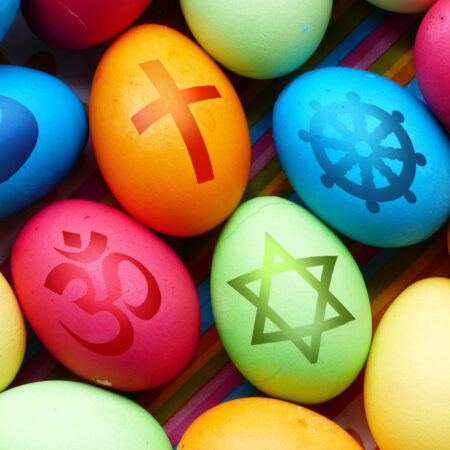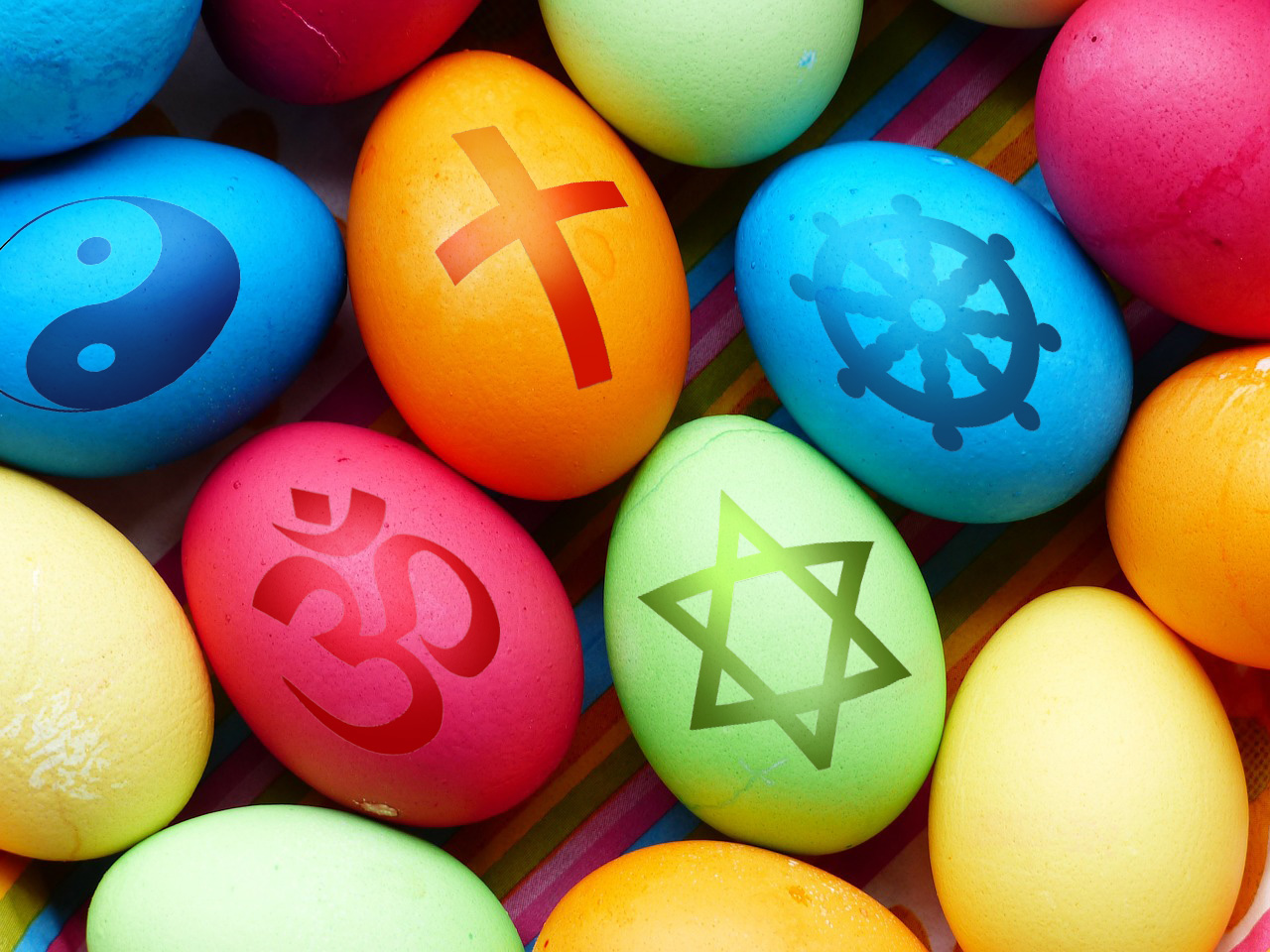by Roger Mock
The feast of Easter may not seem to lend itself to planning an interfaith service like I will be doing soon. But actually it does. You can begin by recognizing that the concept of the eternality of life finds expression in many, if not all, of our oldest spiritual traditions. Not only that, but the mythology of resurrection from the dead can be traced all the way back to the epic tale of Gilgamesh, our oldest recorded story.
This idea has been in the collective mind of humankind from the beginning. Of course it has. Every prisoner longs for release from captivity. The human experience is to be held blindly captive to this cycle of birth and death. Blindly, because ultimately we have no idea if there is anything more than this. And yet there are stories, myths and rumors that offer a different vision, and most importantly there have been holy men and women in all our traditions who have seen beyond the veil and whose lives have been imbued with the miraculous. Like the glowing countenance of Moses as he descended from Mount Sinai, they witness to us of a deeper reality.
In the Buddhist tradition there is the figure of the bodhisattva – one who has gone beyond the beyond and has become fully enlightened yet who chooses to return to this world as a beacon for others. Many Buddhists see Jesus of Nazareth as a bodhisattva. Many Hindus, too, revere him as one of the greatest of saints.
For me the story of Jesus’ triumph over death seems like a seed of this idea of eternal life finally breaking through the soil of our collective mind and coming into full and glorious bloom – a pure white lily shining there in that Mind for everyone. I believe we are all affected by its radiance, whether or not we hold to any particular faith.



